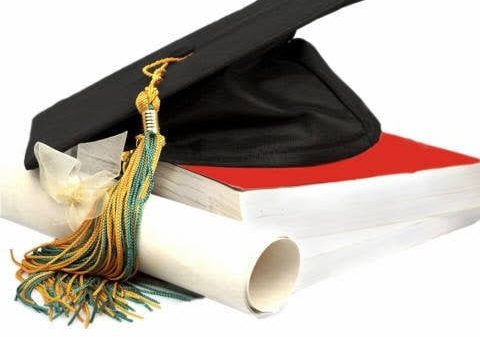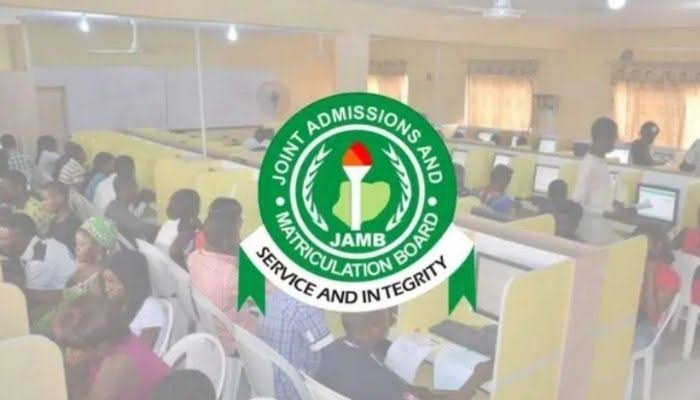JAMB Economics Past Questions and Answers
The Joint Admissions and Matriculation Board (JAMB) is the national examination body in Nigeria for university admissions.
The JAMB Economics exam is one of the most important exams for students who want to study economics in university.
The JAMB Economics exam covers a wide range of topics, including microeconomics, macroeconomics, international trade, and economic development.
In order to succeed on the exam, students need to have a strong understanding of these topics.
One of the best ways to prepare for the JAMB Economics exam is to practice with past questions.
Past questions can give you an idea of the types of questions that will be asked on the exam, and they can also help you to identify your weak areas.
In this blog article, we will provide you with a comprehensive guide to JAMB Economics past questions and answers.
We will discuss the importance of practicing with past questions, and we will provide you with a list of resources where you can find past questions.
The Importance of Practicing with Past Questions
As we mentioned earlier, practicing with past questions is one of the best ways to prepare for the JAMB Economics exam.
Past questions can give you an idea of the types of questions that will be asked on the exam, and they can also help you to identify your weak areas.
When you practice with past questions, you should focus on understanding the concepts behind the questions, not just memorizing the answers. This will help you to do well on the exam, even if you don’t see the exact same questions on the test.
JAMB Economics Past Questions and Answers
1. The price of a good rises from N5 to N8 and the quantity demanded falls from 200 to 190 units. Over this price range, the demand curve is
A. fairly inelastic
B. fairly elastic
C. perfectly inelastic
D. perfectly elastic2. In economis analysis, a statement is said to be normalize if, it
A. can be tested scientifically
B. relates to value judgment
C. is contradictory
D. is incorrect3. Utility is the satisfaction derived from
A. production
B. distribution
C. consumption
D. demand4. If there is an increase in demand without a corresponding increase in supply, there will be
A. fall in price
B. rise in price
C. shift in supply curve to the right
D. shift in demand curve to the leftUse the production possibility curve of a country represented in the diagram below to answer questions 5 and 6
5. An improvement in technology will enable the country to produce at
A. V B. W C. X D. Z6. If the country is currently producing at point Y, it can increase production of producer goods by moving to the point
A. v
B. W
C. X
D. Z7. In the table above, the price of commodity y is N2 and that of x is N1 while the individual has an income of N12. Determine the combination of the two commodities the individual should consume to maximize his utility
A 3y and 3x
B. 6y and 4x
C. 3y and 6x
D. 5y and 5x8. When two variables are positively related, the graph of the relationship
A. is a straight line
B. is a downward-sloping curve
C. is an upward sloping curve
D. has a negative intercept9. For an inferior good, a decrease in real income lead to
A. an outward shift of the demand curve
B. an inward shift of the demand curve
C a lowed equilibrium price
D. a change in quantity demanded10. In a planned economy the emphasis is on
A. individual choice and decisions
B. public ownership and control
C. private ownership and control
D. prices and competition11. Price elasticity of supply is a ratio of the change in
A. quantity supplied to the c change in demand
B. original quantity to a change in new quantity
C. quantity supplied to the change in price
D. price to the change in quantity supplied.12. the long-run average cost curve is called a planning curve because it shows what happens to costs when.
A. variable inputs are increased
B. fixed factors are increased
C. different sizes of plants are built
D. a bigger size of plants is built13. Imperfect market is characterized by
A. many buyers and few sellers
B. a large number of buyers and sellers
C. non-preferential treatment
D. perfect mobility of factors of production14. Short-run period in production is a period for a firm to be able to change its
A. variable inputs
B. total outputs
C. total revenue
D. scale of operationUse the table below to answer questions 15 and 16
Output Producedper day (unit) Fixed Costper day (N) Total Costper day (N) 20 60 100 30 60 120 40 60 130 50 60 135 60 60 150 70 60 170 80 60 190 15. The ATC at 30 units of output is
A. 120.000
B.N60.00
C.N40.00
D.N3.0016. At 60 units of output, the AVC is
A. N150.00
B. N90.00
C.N2.50
D.N1.5017. If the demand curve facing a frim is sharply downward sloping, the firm is likely to be
A. a perfect competitor
B. a monopolistic competitor as it can have a limited influence as it can have a limited influence on price
C. an oligopolist as it can collude with other firms to have some influence on price18. A normal supply curve is usually positively sloped
A. because the relationship between
B. supply and price is negative
C. price and demand is negative
D. price and supply is positive19. The best method of production in an under-populated country is
A. labour-extensive
B. land-intensive
C. capital-intensive
D. labour-intensive20. Insurance companies, pension and provident funds and unit trusts are all examples of
A government financial agencies
B. non-govenmental organizations
C. non-bank financial institutions
D. rural-based revenue mobilisers21. For a firm, value added can be defined as the difference between the
A. value of its output and the cost of production
B. total revenue and total cost
C. input prices and product prices
D. value of its output and inputs purchased from other firms22. Securities are described as listed when they are:
A. bought and sold purely for development purposes
B. mobilized as short-term debt instruments
C. Mobilized as long-term debt instrument
D. Traded on a recognized stock market23. The commercial banks differ from non-bank financial institutions because they
A. accept deposits withdrawable by cheque
B. mobilize savings
C. invest surplus plus
D. contribute to economic development24. Inflation that is usually associated with periods of trade boom is
A. cost-push inflation
B. demand-pull inflation
C. creeping inflation
D. stagnation25. The term “Near Money” is best described as
A. a financial assets that is convertible to cash
B. a financial instrument that is readily convertible to cash
C. government financial instrument that is convertible to cash
D. time deposits with low interest rates
FAQ About JAMB Economics Past Questions and Answers
How many past questions should I practice?
The number of past questions you should practice depends on your level of preparation. If you are just starting to prepare for the exam, you should start by practicing with a few past questions. As you get closer to the exam, you should increase the number of past questions you practice.
Where can I find the most recent past questions?
The most recent past questions are available on the JAMB website. You can also find the most recent past questions on the Myschool website.
How do I interpret the answers to the past questions?
The answers to the past questions are usually explained in detail. This is helpful for understanding the concepts behind the questions.







